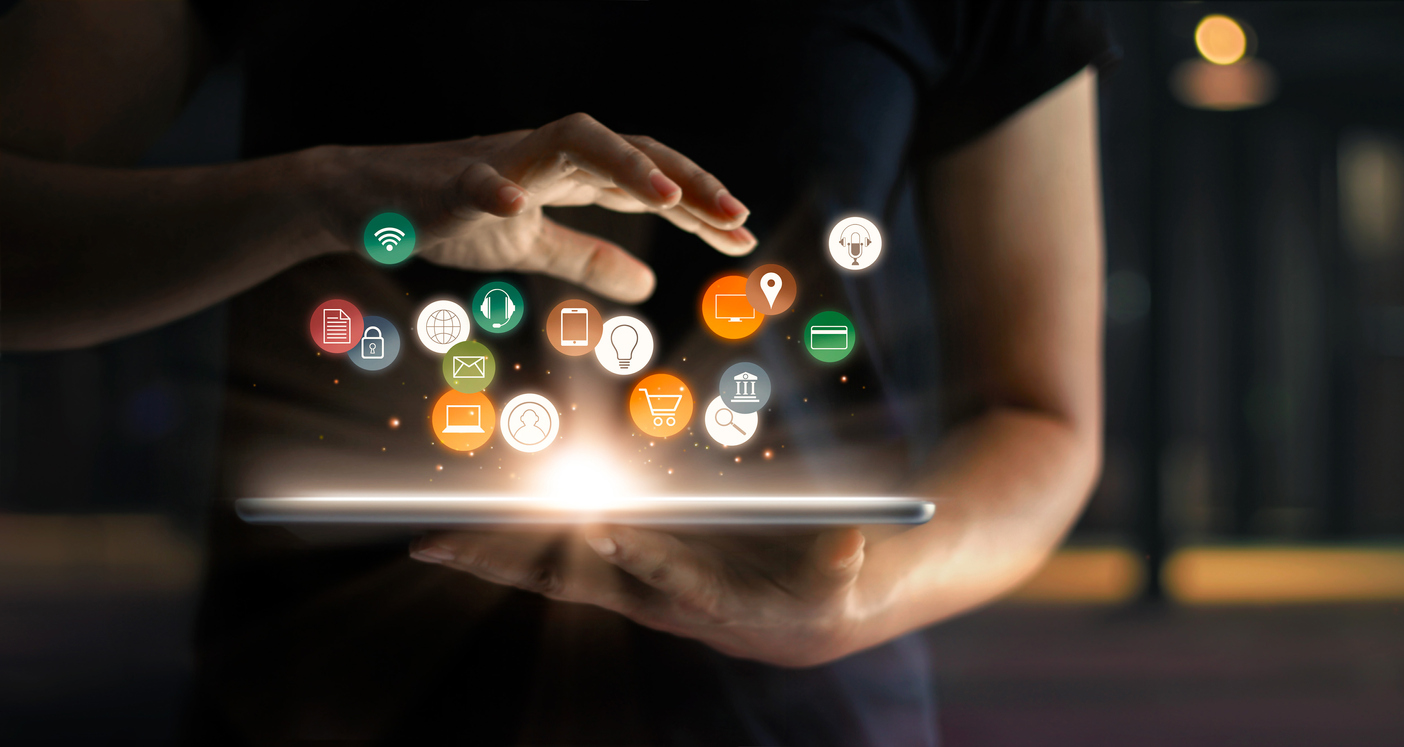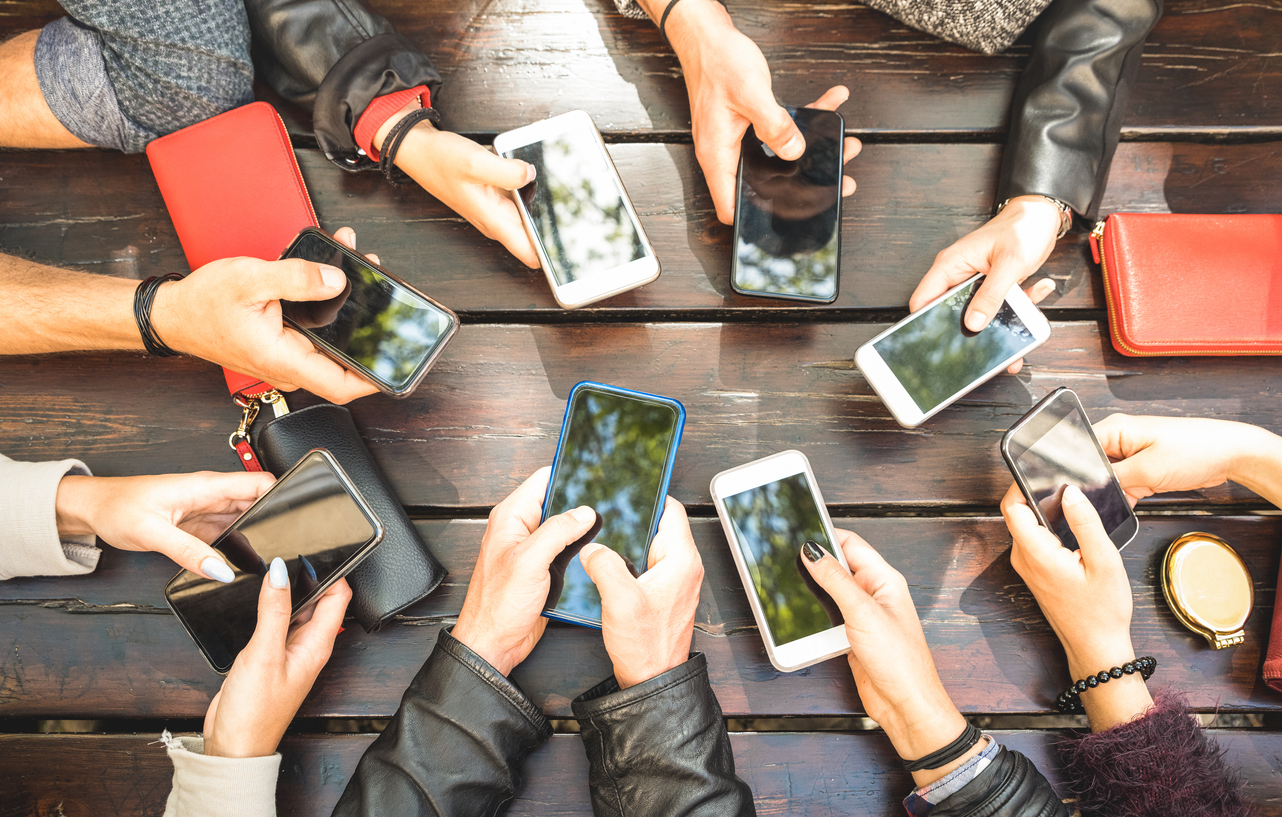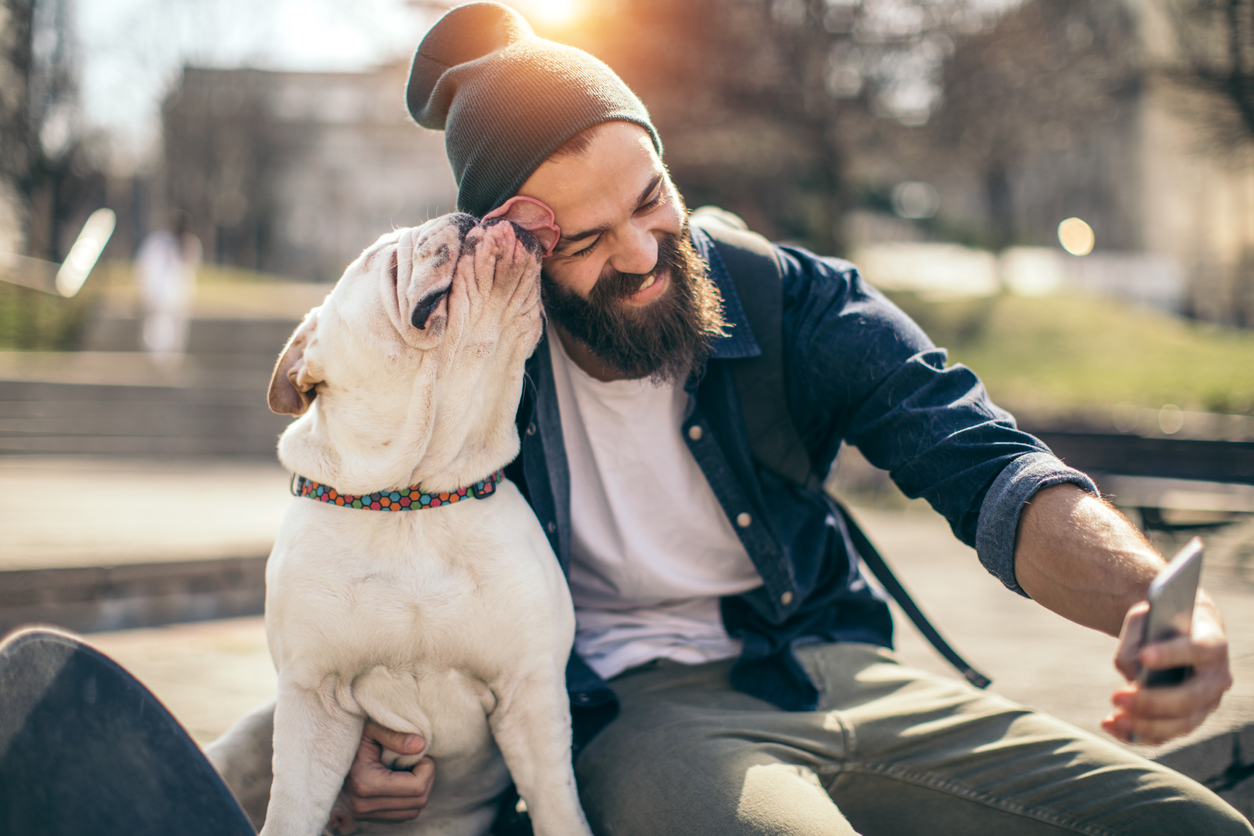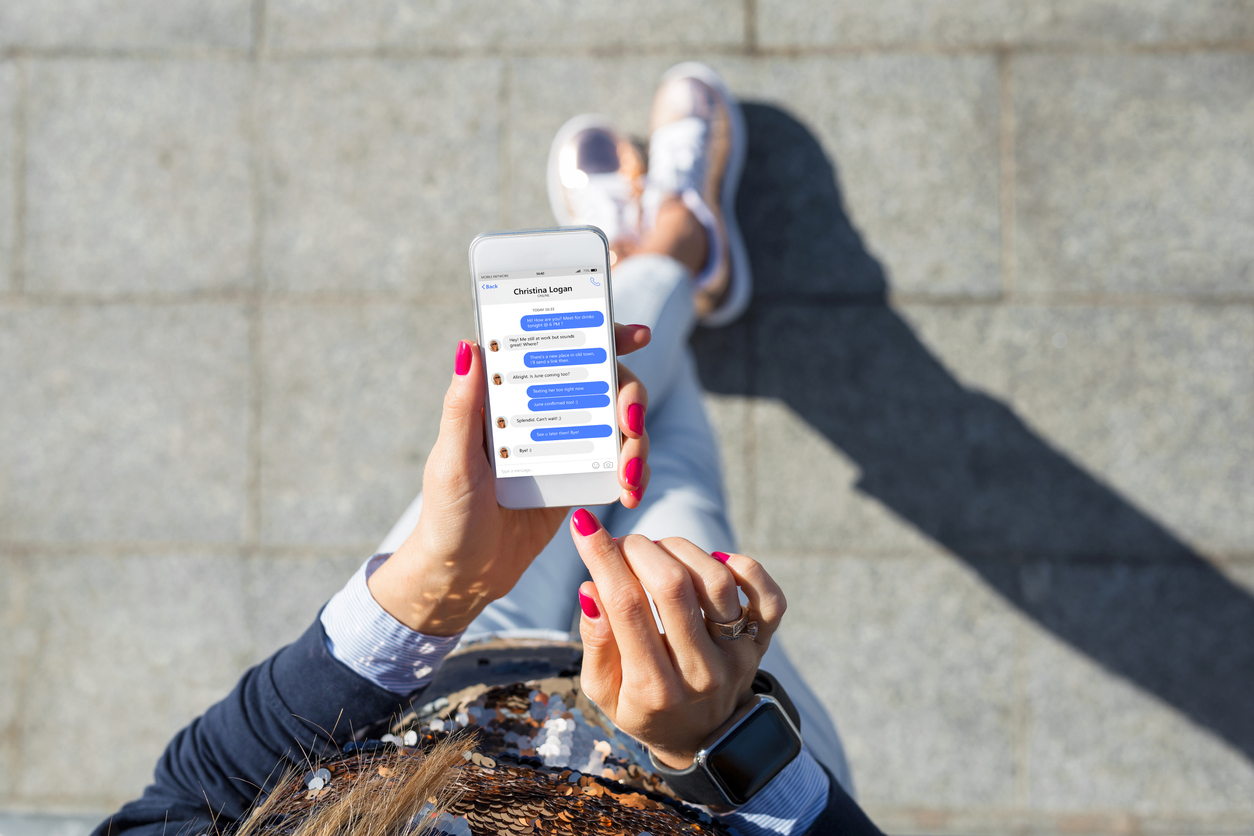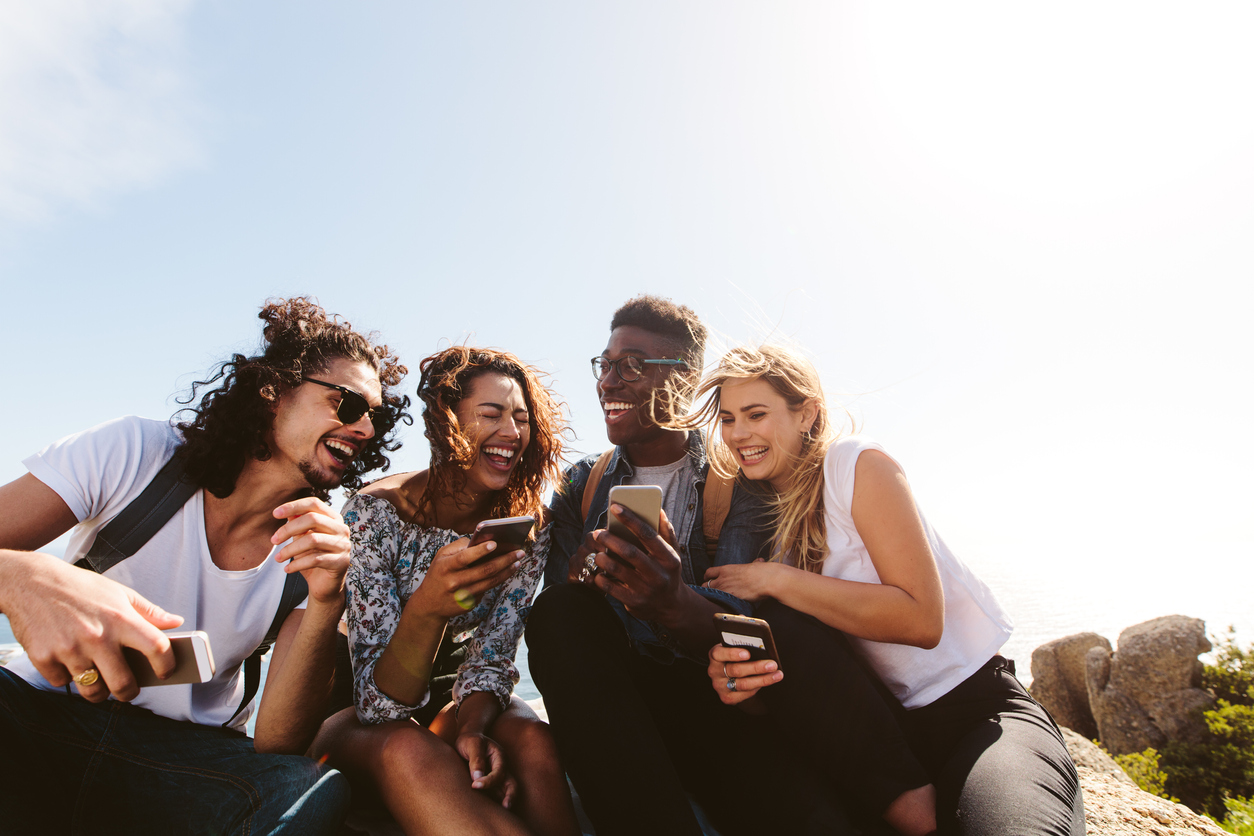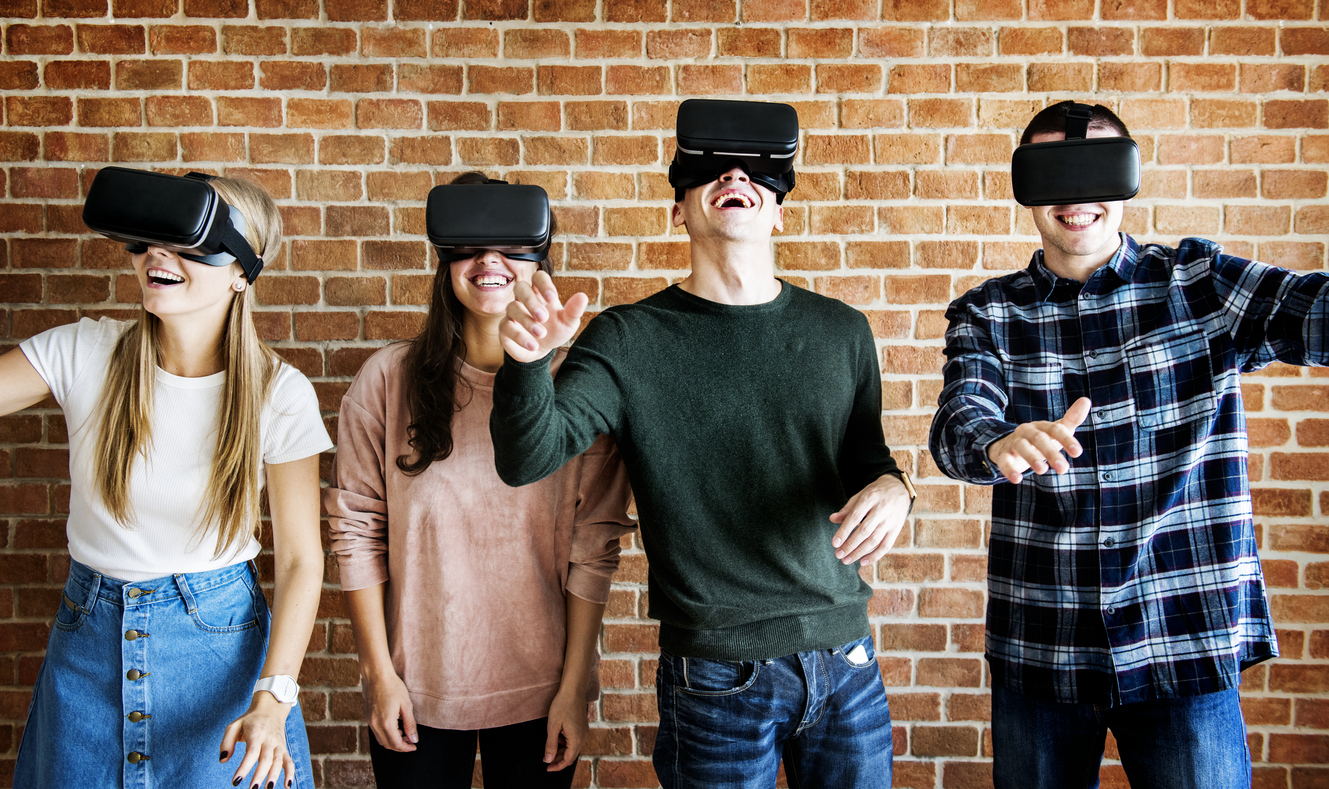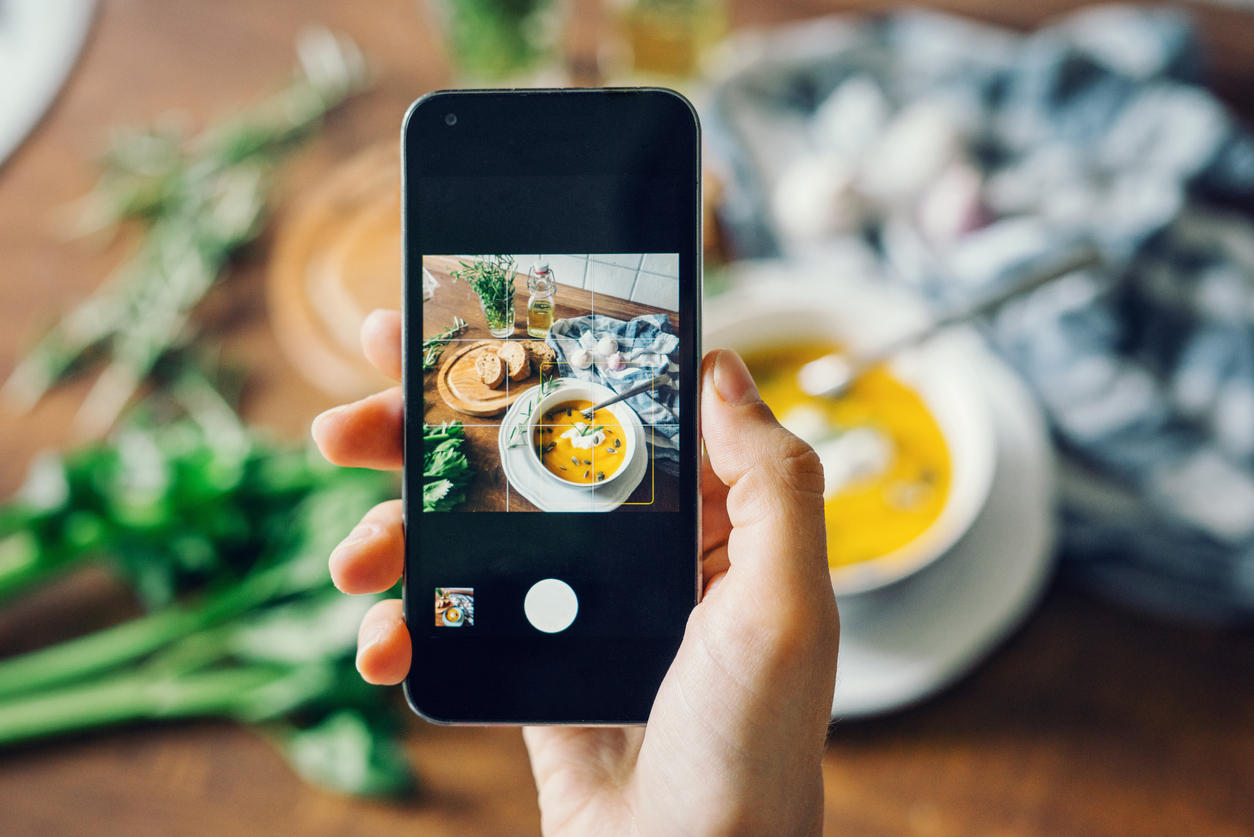We are living in an increasingly digital world that is changing continually. Which means that as businesses, we need to try and stay on top of changes in the digital industry to keep working towards growing and selling our businesses.
To help us with this, social media management platform Hootsuite, along with their partner digital agency We Are Social, have put together a comprehensive look at social media and digital use around the world.
Here are our top 10 takeaways from their 2019 State of Digital Report and what could be relevant or interesting for you and your business.
More people are connected than ever
Not surprisingly, more people than ever are connected on the internet and social media. Global internet use jumped up by 9.1% between January 2018 and January 2019, with people using social media also going up 9%.
In fact, 57% of the entire global population is now connected to the internet. But they’re not just using computers and tablets anymore. Of the 4.4 billion active internet users, 4 billion are using the net on their mobile phone. That’s more than 90%
But we’re actually spending less time online
With the realisation that constantly being switched on is probably not good for our mental health, more internet users are heading towards a bit of a ‘digital detox’. There are even apps you can download that will help limit and track the time you’re using online.
The average daily time spent online globally in 2018 was 6 hours and 42 minutes. This is down 1.7% from 2017, where we were spending 6 hours and 49 minutes being connected.
In the UK, this is slightly lower, with the average person spending 5 hours and 46 minutes online every day.
Despite spending more time on our phones
Of that time spent online, 48% is spent on our mobile devices. We’re spending 3 hours and 14 minutes accessing the internet on our phones globally, with this increasing 4.3% between 2017 and 2018.
We’re seeing this reflected in the amount of time that we’re spending on computers and tablets, with this decreasing 6.7%.
The average user in the UK will spend 2 hours and 9 minutes of their internet time on their phone.
We’re still using social media
Unsurprisingly, social media is still a big element of our online usage, with nearly 3.5 million people connected through social media. 42% of us are using our mobiles for social media globally, though we’ve seen a bit of a spike. In fact, 58% of people in the UK use social media primarily on their phone.
In the UK, the average person will spend 1 hour and 50 minutes on social media per day. This is 2 hours 16 at a global level.
Interestingly, this is up just 0.7% between 2017 and 2018. Previous years have seen a larger jump of time spent on social media. This could be a result of Facebook’s algorithm changes, where Facebook’s founder Mark Zuckerberg put a focus on reducing the time spent on social but making it more meaningful.
That said, the average person around the world still has around 9 social media accounts, with an average of 7 for UK users.
But we’re also making social more private
Facebook is prepared when it comes to covering all channels because internet users are starting to go to more private areas to use their social media.
Rather than be bombarded with so much on their newsfeed or public search, Facebook and Instagram Stories, Facebook Groups, and private messaging platforms such as Facebook Messenger and WeChat are seeing waves of users flock towards them for that more personal interaction.
These areas, particularly stories, are going to be important for businesses to tap into on a more authentic and genuine level.
Which is why online community remains important
Making those genuine connections on social media, like Mark Zuckerberg said when he changed the Facebook algorithm, are becoming increasingly important to users. Whether you’re building a following or trying to get more couples to enquire, brands need to create meaningful interactions with their communities.
More authentic posts, community conversations on a general level rather than a selling level, as well as engagement on posts are all ways to help boost those meaningful interactions.
Data privacy is an increasing concern
More and more people are becoming wary of where and how their data is being used. The GDPR is just one example of how data is being more regulated and how consumers are taking their own data back.
42% of people around the world believe that their data is being misused. We’re obviously a little bit more optimistic here, with only 36% in the UK being concerned their data is being misused.
Brands need to rebuild trust
We’ve lost that trust because of issues like the fake news scandal. As a result, search engines, social media platforms, and businesses have all seen a drop in consumer confidence.
Being transparent, clear, and human when gathering information, collecting data, or communicating with your online audience to really give those tailored one-on-one experiences will help build your individual trust up after the rise in global distrust.
Social is becoming more immersive
We’re already seeing 3D images online, rotating 360-degree pictures, and augmented reality in terms of filters becoming more and more commonplace online. The more these platforms and tech are available to consumers, the more we’re going to be able to access them for our brands.
If consumers can be more immersed in an experience, such as a VR tour for a venue, they’re going to be more likely to connect with that experience.
Instagram now has more active users than Facebook
The five most popular social media networks are Facebook, YouTube, WhatApp, Facebook Messenger, WeChat.
But despite Facebook remaining the largest social media network in the world, more users are heading to Instagram, which comes in 6th on the list. It’s here that Instagram takes over when it comes to actual users active on the platform.
There were 37 million active Facebook users in 2018, up 1.7% from 2017. Compared to this, Instagram had 38 million active users in 2018, increasing by a larger 4.4%. This also shows how more users are flocking to Instagram comparatively to Facebook.
Twitter and Snapchat both saw a decrease in active users between 2017 and 2018.
